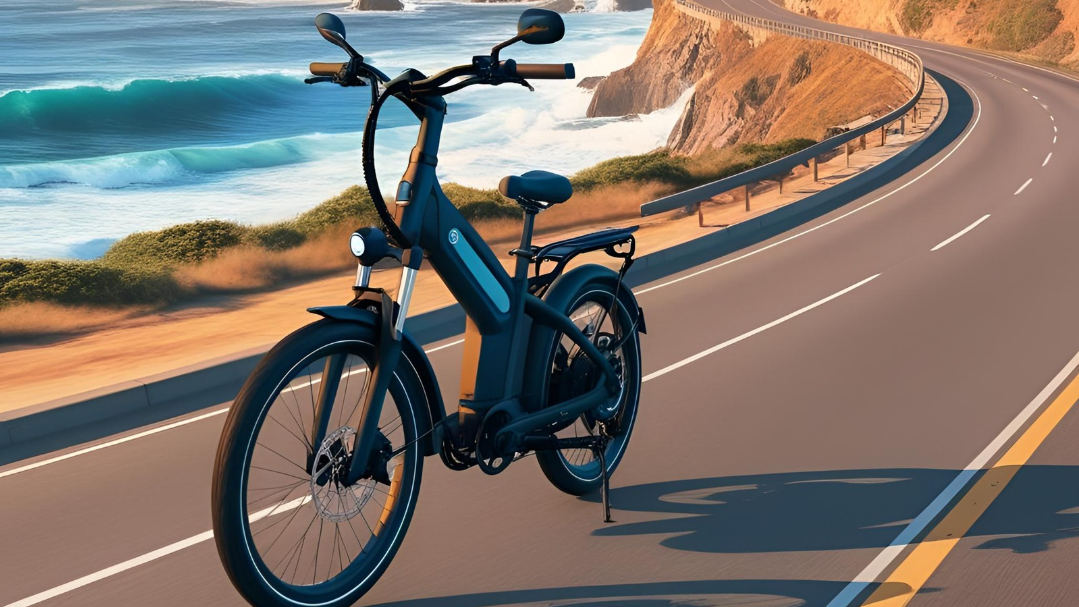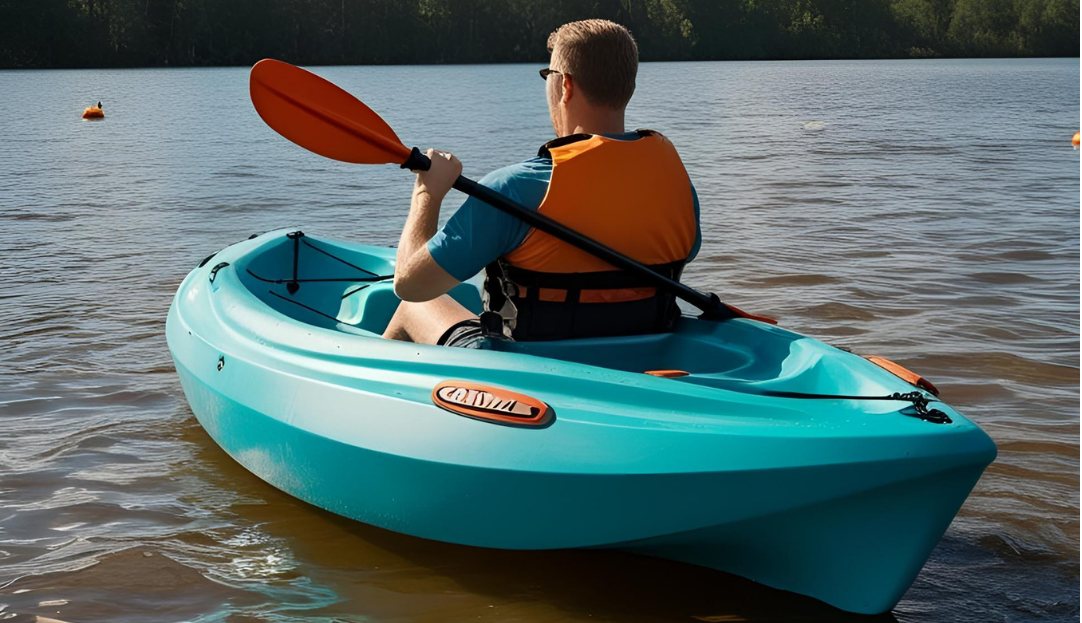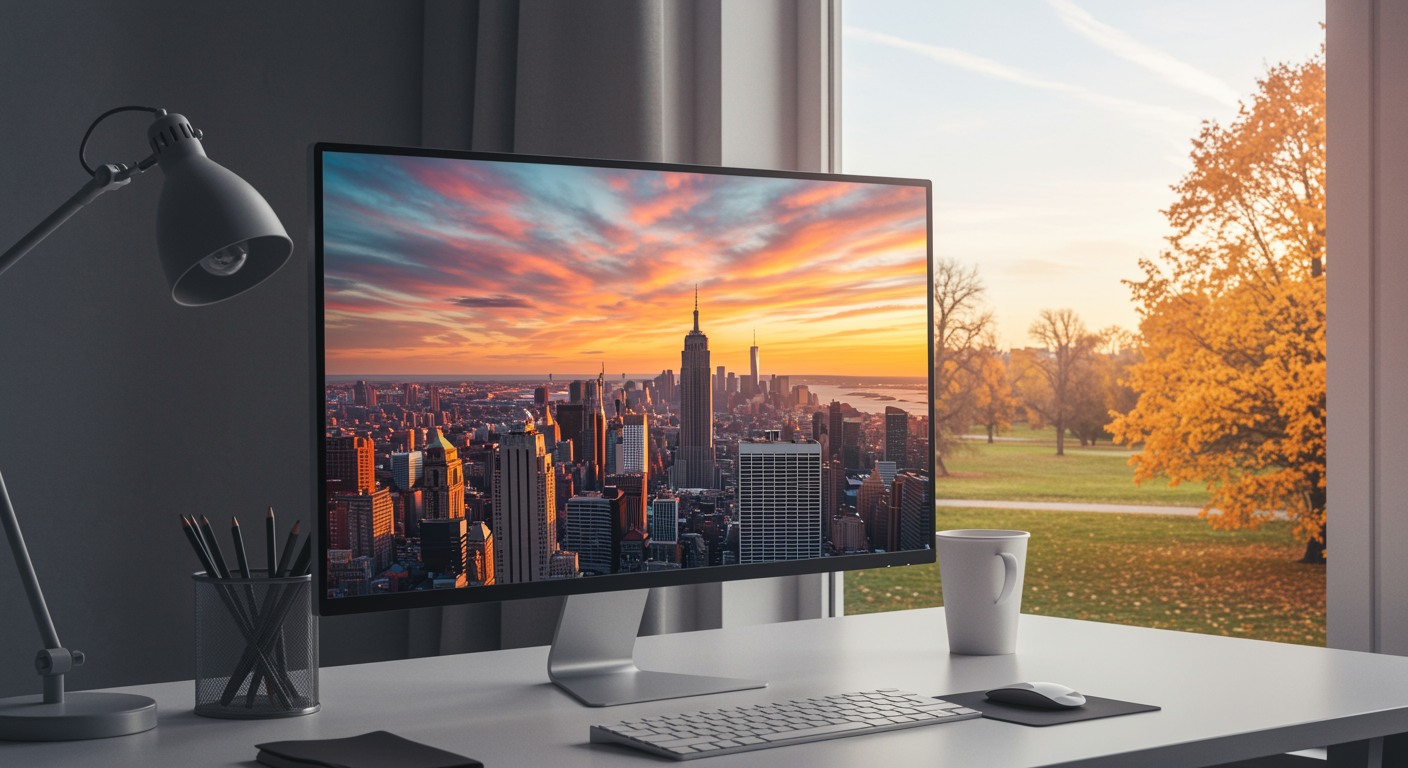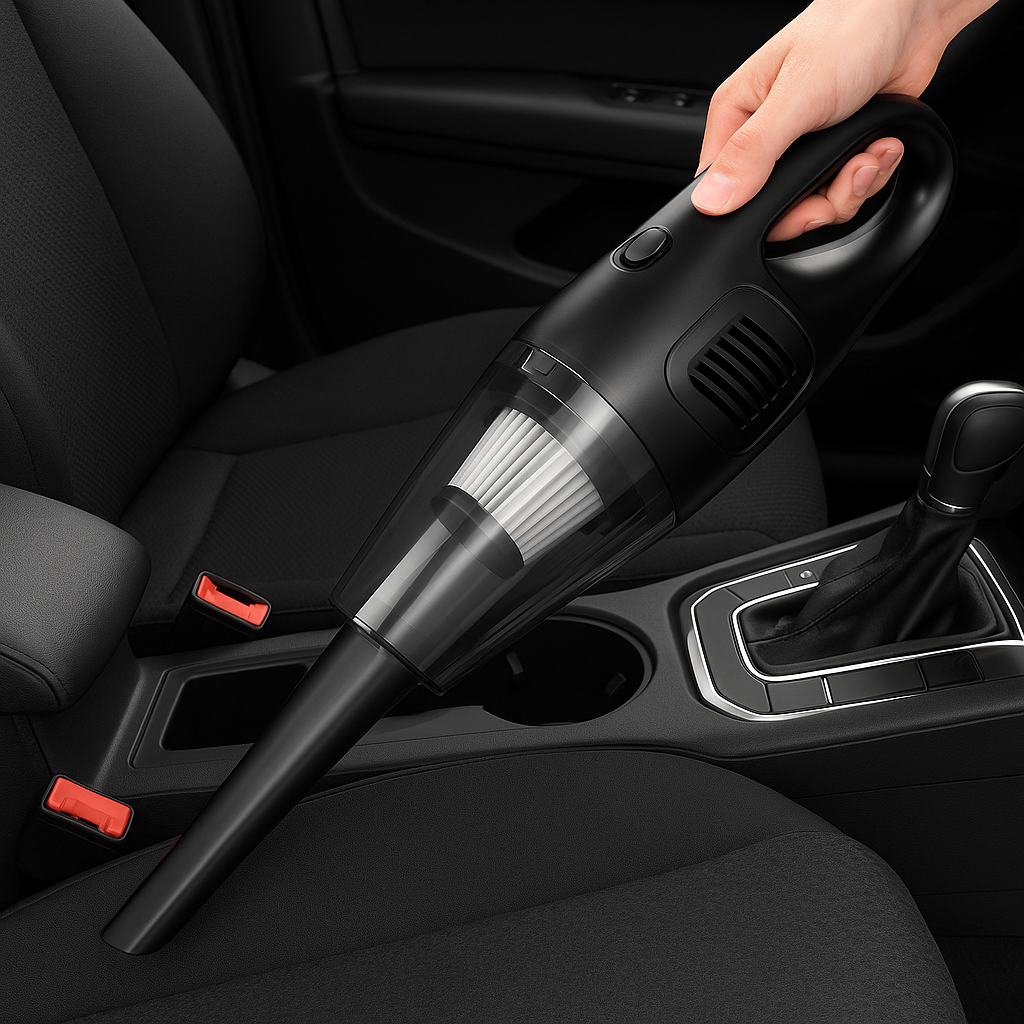In a world where transportation options are evolving rapidly, electric bikes have emerged as a game-changing solution that combines the best of both worlds: the convenience of motorized travel with the health benefits of cycling. Whether you’re looking to beat traffic on your daily commute, reduce your carbon footprint, or simply enjoy the outdoors with less physical strain, an electric bike might be the perfect addition to your lifestyle.
But with hundreds of models flooding the market in 2025, finding the right e-bike can feel overwhelming. That’s why we’ve created this comprehensive guide to help you navigate the exciting world of electric bikes and make an informed decision that perfectly matches your needs, preferences, and budget.

Types of Electric Bikes: Finding Your Perfect Match
The first step in your e-bike journey is understanding the different types available, each designed for specific riding conditions and purposes:
Commuter E-Bikes
Designed for daily urban travel, these models prioritize reliability, comfort, and practicality. They typically feature fenders, lights, and racks for carrying bags or groceries. Commuter e-bikes strike a balance between speed and utility, making them perfect for navigating city streets and replacing car trips.
Mountain E-Bikes (eMTBs)
Built for off-road adventures, eMTBs feature robust frames, wider tires with aggressive tread patterns, and enhanced suspension systems. Their powerful motors help conquer steep terrain that might otherwise be inaccessible, extending your trail exploration capabilities significantly.
Folding E-Bikes
Perfect for multimodal commuters and those with limited storage space, folding e-bikes collapse into compact packages for easy carrying and storage. While they may sacrifice some performance and comfort compared to full-sized models, their convenience is unmatched for apartment dwellers or those who combine cycling with public transit.
Cargo E-Bikes
These workhorses are built to haul significant loads – whether that’s groceries, equipment, or even children. With extended frames and reinforced components, cargo e-bikes can replace car trips for many families, offering an eco-friendly alternative for running errands or school drop-offs.
Road E-Bikes
Sleek and lightweight, these models are built for speed and distance on paved surfaces. They typically feature thinner tires, drop handlebars, and a more aerodynamic riding position. The added electric assistance helps maintain higher speeds or tackle challenging hills without exhaustion.
Step-Through/Comfort E-Bikes
Featuring low, easy-to-mount frames and upright riding positions, these models prioritize accessibility and comfort over speed. They’re ideal for riders with mobility concerns or those who prefer a relaxed cycling experience.
Key Features to Consider When Purchasing an Electric Bike
Motor Types and Placement
The motor is the heart of any electric bike, and its type and placement significantly impact your riding experience:
Hub Motors are built directly into either the front or rear wheel. Rear hub motors offer better traction and a more natural feel, while front hub motors provide better balance on some frames. Hub motors are generally more affordable and require less maintenance, but they can make wheel removal more complicated for repairs.
Mid-Drive Motors are positioned at the bike’s center, usually near the pedals. This placement creates a more balanced weight distribution and natural riding feel. They’re more efficient on hills and varying terrain since they leverage the bike’s gears. However, they typically come at a premium price point and put more wear on the drivetrain components.
Battery Technology and Range
Battery specifications can be confusing, but understanding a few key metrics will help you compare options:
Battery capacity is usually measured in watt-hours (Wh), generally falling between 250Wh and 750Wh. A higher capacity provides extended usage time or range, but it also adds to the overall weight and cost of the device.
Range varies dramatically based on terrain, rider weight, assistance level, and even temperature. Most manufacturers provide estimates, but expect anywhere from 20-100 miles per charge depending on these factors. As a reference point, a 500Wh battery can typically deliver a range of 40 to 60 miles when used with moderate pedal assistance.
Charging Time typically ranges from 3-8 hours for a full charge. Some premium models offer fast-charging capabilities worth considering if quick turnaround is important to you.
Removable vs. Integrated batteries present a tradeoff between convenience and aesthetics. Removable batteries can be charged separately from the bike (ideal for apartment dwellers) but may create a less streamlined appearance.
Power Assistance Levels
Most e-bikes offer multiple assistance levels that determine how much the motor helps your pedaling:
- Eco/Low: Extends battery life with minimal assistance
- Tour/Normal: Balanced assistance for everyday riding
- Sport/High: Strong assistance for hills or when you want to minimize effort
- Turbo/Boost: Maximum power, but drains the battery quickly
Many bikes also include a walk-assist feature that provides gentle power when pushing the bike, which is helpful with heavier e-bikes.
Control Systems and Displays
The bike’s interface affects your riding experience significantly:
Display Types range from minimalist LED indicators to full-color screens with GPS functionality. More advanced displays show speed, distance, battery level, assistance level, and sometimes even fitness metrics or navigation.
Controls are typically handlebar-mounted and should be intuitive enough to operate while riding. Look for systems that don’t require taking your hands off the grips for basic functions.
Connectivity features are increasingly common, with many bikes offering smartphone apps for customization, diagnostics, and even anti-theft tracking.
Price Ranges: What to Expect at Different Price Points
Electric bikes span a wide price spectrum, with distinct differences at each tier:
Entry-Level ($1,000-$2,000)
- Basic hub motors with moderate power
- Smaller battery capacity (250-400Wh)
- Heavier frames with standard components
- Limited displays and features
- Suitable for casual riders or those testing the waters
Mid-Range ($2,000-$4,000)
- Higher quality motors with improved torque
- Better battery range (400-600Wh)
- Improved component quality and reduced weight
- More refined control systems
- The sweet spot for most regular riders
Premium ($4,000-$7,000+)
- Top-tier motors with sophisticated power delivery
- Maximum range batteries (600-750Wh+)
- Lightweight materials and premium components
- Advanced displays and connectivity
- Specialized designs for specific uses
- Professional-grade performance and durability
Remember that the most expensive option isn’t necessarily the best for your specific needs—focus on finding the right features for your riding style rather than simply maxing out your budget.
Safety Features to Prioritize
Safety should never be an afterthought, especially when dealing with motorized vehicles that can reach higher speeds:
Integrated Lighting has come a long way, with many e-bikes now featuring bright, battery-powered lights that run whenever the bike is on. Look for models with both front and rear lighting for maximum visibility.
Hydraulic Disc Brakes offer superior stopping power and are especially important for heavier e-bikes that reach higher speeds. They require less hand strength to operate effectively and perform better in wet conditions than mechanical disc or rim brakes.
Reflective Elements on tires, pedals, or frames provide additional visibility to motorists in low-light conditions.
Stability Features like wider tires or step-through frames can make mounting, dismounting, and handling the bike safer, especially for newer riders.
Legal Considerations: Know Before You Ride
Electric bike regulations vary significantly between regions, so research your local laws before purchasing. Common limitations include:
- Maximum motor power (typically 750W in the US, 250W in Europe,)
- Top assisted speed (usually 20mph in the US, 15.5mph in Europe)
- Whether throttle operation is permitted (some regions require pedal assistance only)
- Age restrictions for riders
- Helmet requirements
- Where e-bikes can legally operate (roads, bike paths, trails)
Violating these regulations could result in fines or even render your insurance invalid, so compliance is important.
Essential Accessories to Consider
Complete your e-bike setup with these practical additions:
Quality Lock System – E-bikes are valuable targets for theft, so invest in a robust lock system. Consider using multiple locks of different types for maximum security.
Helmet – With the increased speeds of e-bikes, head protection becomes even more critical. Look for well-ventilated models with MIPS technology for enhanced protection.
Cargo Solutions – Panniers, baskets, or rack trunks expand the utility of your e-bike, making it more practical for errands and commuting.
Fenders – Keep yourself clean and dry when riding in wet conditions.
Mirror – Enhance your awareness of traffic behind you without constantly turning your head.
Extra Charger – Having one for home and one for work can eliminate range anxiety for commuters.
Making Your Final Decision
After considering all these factors, make your selection process easier by:
- Test riding multiple models – The feel of different e-bikes varies dramatically, and there’s no substitute for first-hand experience.
- Prioritizing dealer support – Local service can be invaluable for maintenance and troubleshooting.
- Reading reviews from actual owners – Look beyond professional reviews to find real-world experiences with long-term reliability.
- Considering future needs – Will this bike still meet your requirements in 2-3 years as your riding habits evolve?
- Evaluating warranty coverage – Particularly for the motor and battery, which are the most expensive components to replace.
Conclusion: Your Electric Adventure Awaits
Investing in an electric bike isn’t just a purchase—it’s a lifestyle upgrade that can transform your daily transportation, fitness routine, and environmental impact. By carefully considering the factors outlined in this guide, you’ll be well-equipped to find an e-bike that delivers years of reliable, enjoyable riding.
Remember that the “perfect” electric bike is the one that gets ridden regularly. Focus on finding a model that excites you, fits your specific needs, and encourages you to choose two wheels over four whenever possible. With the right electric bike, you’ll discover a newfound freedom to explore your world in a way that’s both exhilarating and sustainable. Happy riding, and welcome to the electric revolution!


